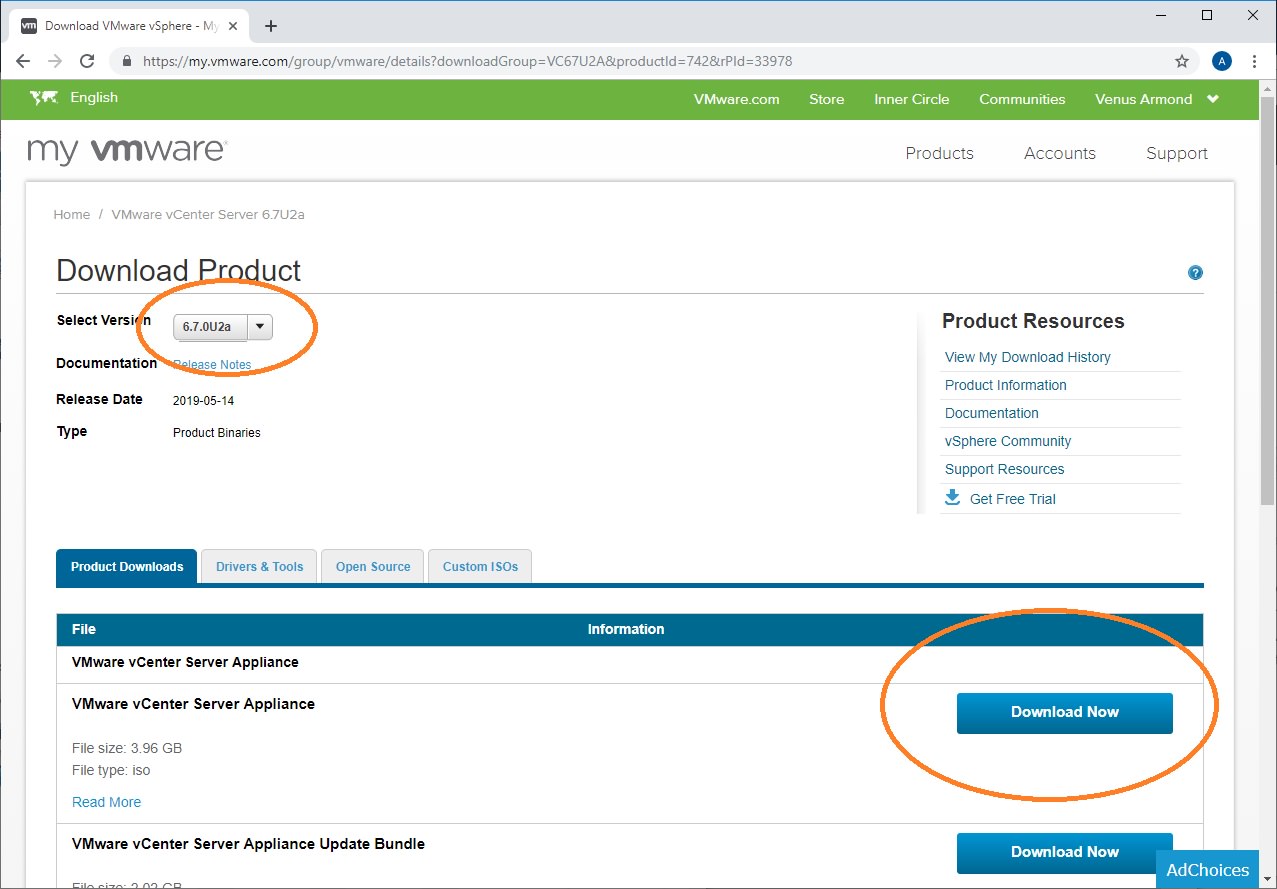


You could easily hit this limit when 8 paths to each device are used. Those limits were painful for larger environments where Raw Device Mappings (RDMs) are used and IT admins have a limited number of VMs per datastore. 512e has physical sector sizes of 4 kB.Īlso, previous releases of vSphere had a limit of 256 devices and 1024 paths. The main difference between 512n & 512e is the sector sizes on the drive. However, VMware will only support 512e drives for high capacity and high density configurations. This is one of those features that would allow us to place large capacity drives on a vSAN. However, ESXi 6.5 is compatible and can read/write on VMFS 6 and VMFS 5 datastores.

Space Reclamation Priority in VMware vSphere 6.5ĮSXi 6 cannot access a VMFS 6 formatted datastore. vSphere 6.5 allows you to automate the process by tracking the deleted VMFS blocks and reclaiming this space from the storage array in the background every 12 hours. In vSphere 6.0, you do this manually via the command line interface. More on this within the next point.Īutomatic Space Reclamation enables vSphere to send UNMAP commands to a storage array to reclaim dead or stranded space on thinly-provisioned VMFS volumes. SE Sparse disks give better space efficiency to virtual desktop infrastructure (VDI) deployed on this virtual disk format because they have the ability to reclaim stranded space from within the guest OS automatically. The new format allows 4 kB sectors instead of the common 512 bytes per sector. View Storage Accelerator (Content Based Read Cache (CBRC)).Space Efficient Virtual Disk (SE Sparse disk) is now default.Support for 4 kB Native Drives in 512e mode.


 0 kommentar(er)
0 kommentar(er)
